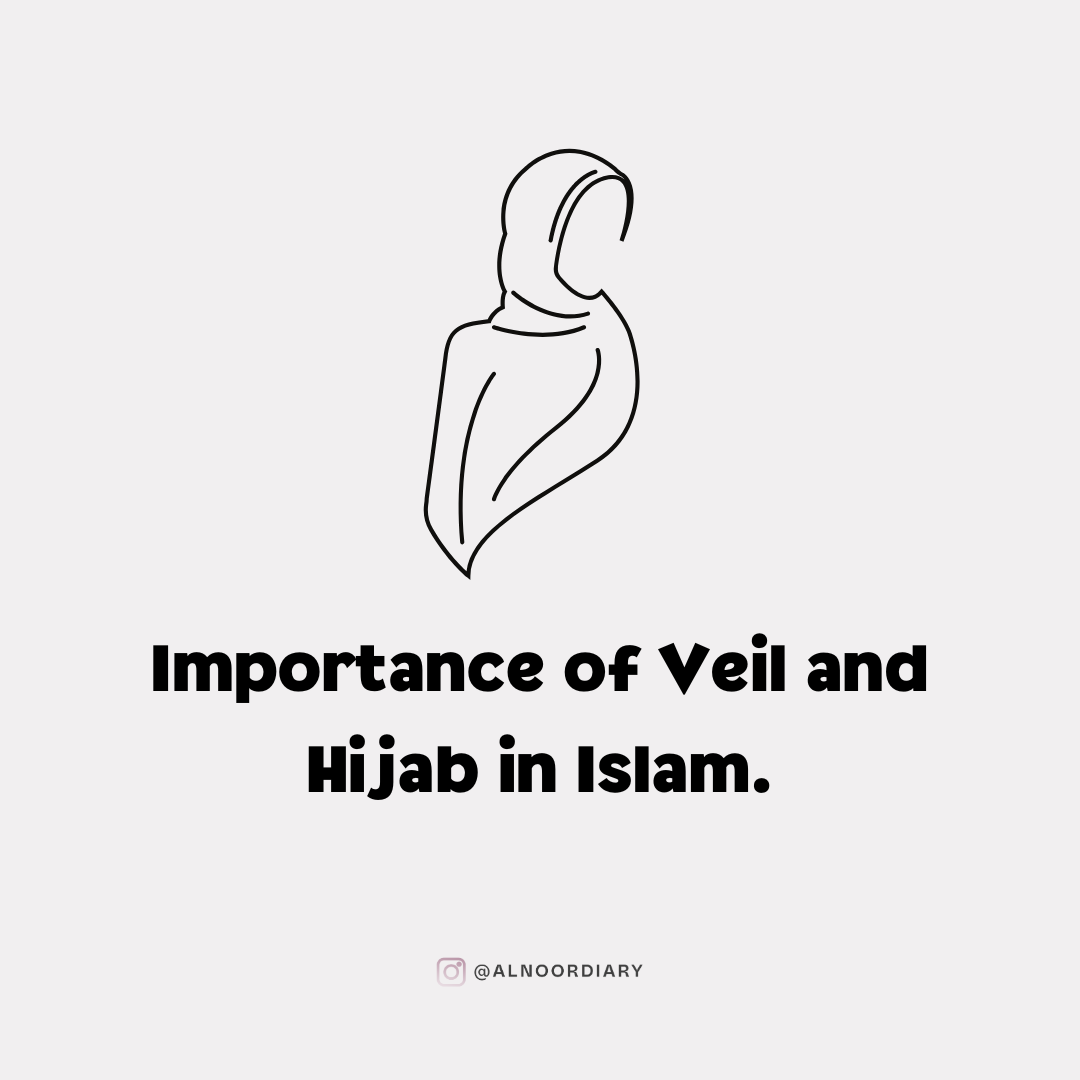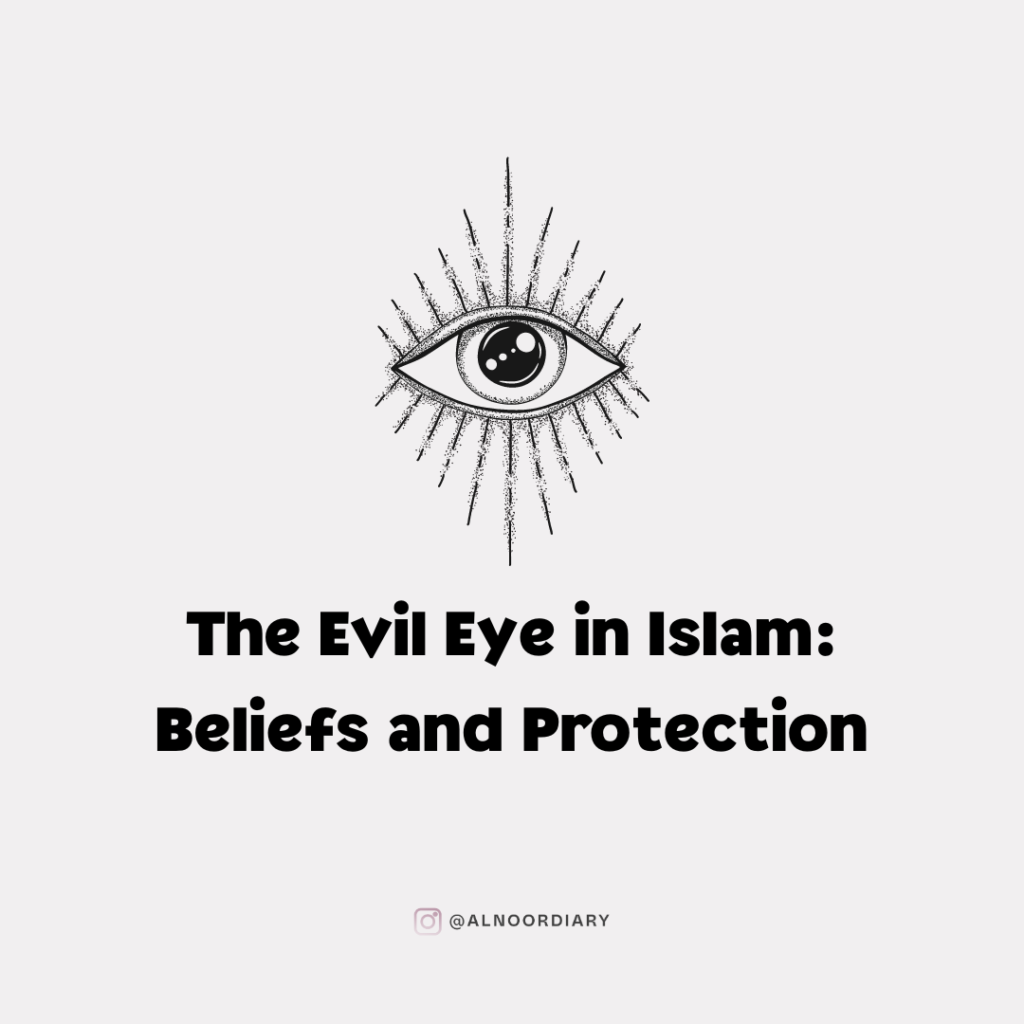Do you know that more than 1.8 billion Muslims around the world wear the veil or hijab? For them, it is an important religious tradition that they carry close to their hearts. Let’s try to find why such a big fuss is made about the hijab in Islam and, consequently how it has impacted women’s lives in this religion.
Key Takeaways
- The hijab is an essential part of the Islamic faith and culture in which more than 1.8 billion Muslims participate around the world.
- Veil and Hijab: Veil and Hijab are derived from Quranic teachings about respect for women in Islamic society.
- Hijab represents a Muslim woman’s commitment to her faith and her wish to continue practicing the tenets of Islamic modesty.
- Veiling is not confined to Muslim-majority countries. This is practiced by all Muslim females.
- Other than its religious significance, Hijab holds immense importance for Muslim women since it is also tied to their social, cultural, and individual identity.
Reasoning the Importance of Hijab
The hijab is very relevant in the Islamic faith. It represents modesty and respect-both primary cultures in our society. Hence, Muslim women wear the hijab to abide by them.
Modesty and Respect of Hijab in Islamic Culture
The headscarf is more than just an outfitting piece. It signifies our devotion towards Islamic feminism and cultural culture. By putting it on, we display respect towards our religious duties and in covering up where Islam has safeguarded the rights of the women.
The Quranic Perspective on Veiling
Hijab etiquette is taught in the Quran. In it, it is said of women to “draw their cloaks close around them,” while saying, “not to display their beauty” (Quran 33:59 and Quran 24:31). These verses thus emphasize modesty and discretion.
Understanding the value of the hijab helps to see how it fits into our faith of Islamism and cultural traditions. It’s a potent symbol of religious obligation and women’s rights in Islam in today’s world.
Veil and Hijab of Great Importance in Islam
The veil and hijab are really significant elements of Islam. These have become identifiers of modesty, respect, and devotion. Wearing the hijab indicates to others the strong commitment each Muslim woman has to Islam’s teachings.
Greater than wearing clothes, the hijab can be considered as one sign indicating our values and culture. It prevents us from becoming subjects of odd attention and, at the same time, fosters respect and understanding.
Modesty is what the Quran has demanded and so does the Prophet Muhammad. It teaches one to wear modestly and to show respect; that’s how one’s dignity will be preserved. Hijab will show the decision and the belief in the faith.
The veil and hijab are culturally significant as well. These have reflected our heritage and traditions. In the world of Islam, diverse ways of veiling reflect the long history and multiculturalism of our cultures.
FAQ
What does the veil and hijab represent in Islam?
The veil and hijab are central in Islam. They show modesty and respect. Besides, they are considered as a mandate or duty for a Muslim woman, according to the Quran.
Why is the hijab significant in Islamic culture?
The hijab stands for modesty, respect, and a woman’s dignity. These are the qualities that give value to the veil. The hijab helps Muslim women maintain Islamic modesty and stay true to their faith.
What does the Quran say regarding the veil and hijab?
The Quran speaks about modest dress and cover. There is so much that scholars say it is a religious duty for Muslim women to wear the hijab or veil.
The relationship of Muslim women to their rights and feminism then considers the hijab.
The perception by Muslim women regarding the hijab varies. There is a belief that it constitutes empowerment to demonstrate faith, yet others might see that it denies freedom. It’s very complex and remains widely debated.
How does cultural tradition influence donning the veil, the hijab?
Now, the cultural norm really affects how Muslim women wear the veil or hijab. It’s more cultural in some places; in others, it’s more about religious practices.



